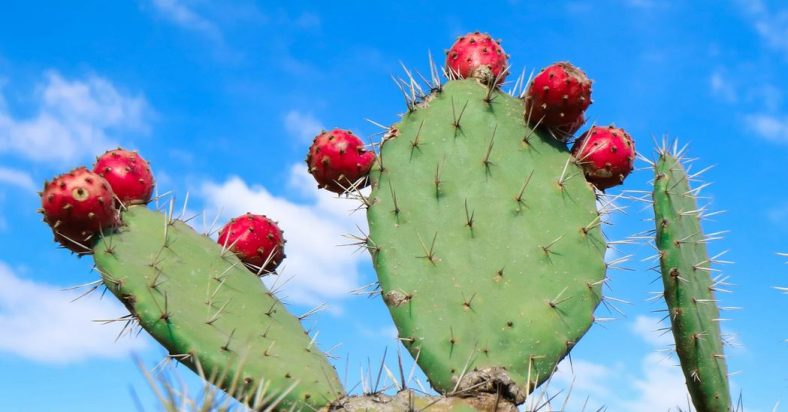Often called cacti, these succulent plants are commonly found in hot and dry regions of South and North America. They also grow in Africa and Southeast Asia. They are also popular house plants.
Cacti are succulents that store water in their stems and roots. They have spines on their branches to prevent animals from eating them. The spines also help to collect water from the wind.
Cacti have long, shallow roots that penetrate the ground. They are also able to absorb water and nutrients from the ground. The roots extend several feet away from the plant.
Cactus are known to be a source of food for many animals. Birds, antelopes, jackrabbits, and wild pigs are just a few of the creatures that eat the cactus fruits. Some of the cactus fruits are nutritious and contain plenty of seeds.
Cacti also have a waxy coating on the surface. This waxy coating helps to slow evaporation. They also have a protective covering for their nerve cells. The waxy coating protects them from the scorching desert sun.
Some cacti grow to over 60 feet in height. They can also live for years without rainfall. The largest species can weigh over 4800 pounds when full of water.
Cacti are a good source of moisture for many animals. They can also reduce the risk of vascular diseases. Aside from being nutritious, cactus fruit is also beneficial for the heart. Some studies have found that eating cactus fruits can reduce body fat.
